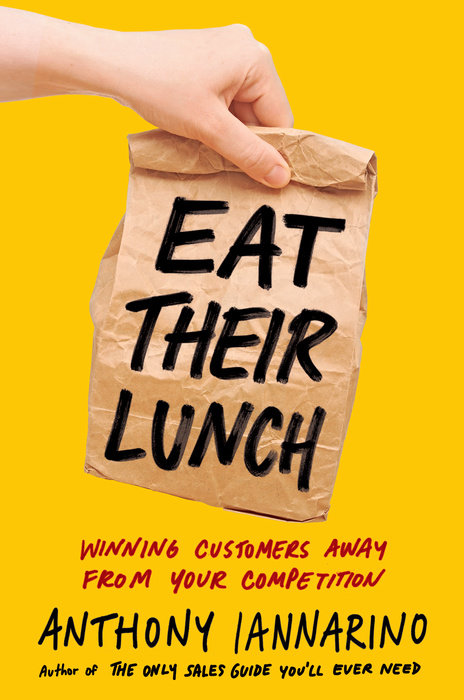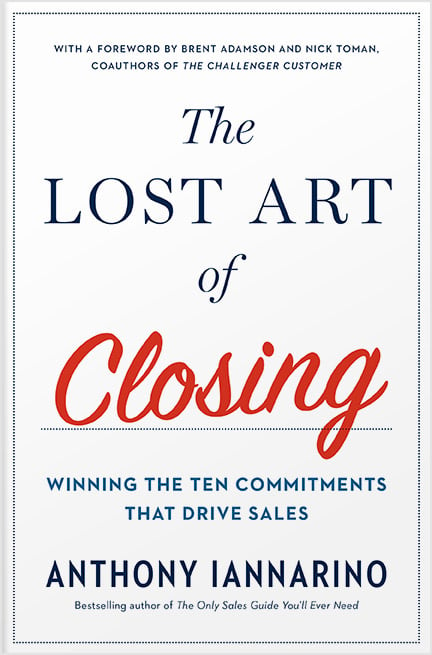The Gist:
- We sometimes overestimate our competition, making them a sort of bugaboo.
- There is nothing you can do about how your rivals compete.
- You should, however, know their approach so you can counter their strategies.
Chances are, you worry too much about your competition. For one thing, you can’t really do anything about how your competitors go about pursuing deals. You could try asking them nicely not to lie about your company and to go pursue clients that you’re not interested in. But more importantly, you shouldn’t overthink your competition because you cannot—and probably should not—play their game. Instead, you should pay attention to how they work, giving you an opportunity to create value they may be missing. Here are a few things you should track about your competitors.


Your Competitor’s Client List
One of the best things to track in your CRM is your competitor’s clients. Even a simple pulldown list improves your ability to target their clients. Now, if your competitor is struggling to serve their clients, especially their major accounts, you have a chance to displace them. If this idea is new to you, you may be surprised to find your competitor has tagged your company on your client’s record in their CRM.
There are other reasons to track your competitors, but to explore another reason, we have to add another field in your CRM.
Your Prospects’ Compelling Reasons to Change
In your opportunity tab, create a list that allow you to choose more than one field, or just make five lists that that all share the same fields. In each field, write a reason that your prospective clients change partners. Maybe it’s service. Maybe it’s the investment. Or perhaps it’s that the relationship has soured and it’s time to move on.
Every time you lose a deal, track who won and what you learned about why the client changed. Over time, you can identify trends that will help you create and win future opportunities. Let’s say that out of twenty contests, your competition won four deals where the primary compelling reason to change was service. You now have evidence that your competition is positioning themselves to meet service needs more effectively, maybe because you believe something else is more important to your clients.
If you can’t see these trends, you have no starting point to change your approach. It’s not quite the same as game film, but it’s a lot better than having no insights and continuing an approach that fails.


How Your Competition Competes
The last thing on earth you should believe is that you only lost to a competitor because they had a lower price. Price is always a factor in deals, but it’s rarely the only factor. The lowest price loses more deals than it wins, since people are as afraid of paying too little as they are paying too much. That said, a competitor that competes on price may win with a price somewhere between the lowest price and your price. Sometimes, an offer wins simply because it’s “good enough” for the client.
It’s worth knowing that your competitor positions their price as good enough. Armed with that knowledge, you can attack their approach by explaining the concessions your prospective client is unknowingly agreeing to—and more importantly, how those concessions will produce results that are well short of “good enough.” You can’t recognize this if you aren’t paying attention and keeping good records.
Here is another common challenge you might want to track. Say you provide tremendous value and charge for the services your competitor continually gives away at no cost. Maybe they take a loss that you are unwilling to take, or maybe they end up being more expensive because they have hidden fees or just don’t execute well enough to keep the client’s real costs as low as they promised. Knowing this allows you to plant a landmine for your competitor to step on when speaking with the client, by showing the client how your model is transparent and that other models are actually more expensive.


Learning to Win
While this post is about competition, it is mostly about learning. You will learn nothing if you believe that your competitor isn’t good at what they do or that they are terrible people who cheat, lie, and steal to win deals (there are always one or two of these, but most of your competitors are decent professionals). You will learn more by not underestimating your competition and respecting that they are good at what they do, even if you believe the way you do things is better. Any belief or action that absolves you of being the root cause of your loss will prevent you from winning in the future.
Pay attention to what you see and hear, keep records, and improve your ability to win deals by adjusting how you compete. A little insight into how you competitors play the game won’t cause them to play it differently, but it will provide you with a chance to customize how you compete.
Do Good Work:
- Track the deals your competitors win by what was compelling the client to change.
- Track the factors that your competition uses to compete, whether it is price or a propensity to criticize your company.
- Use your insights like a football team uses a game film: to identify weaknesses and prepare for the next contest.

Essential Reading!
Get my 3rd book: Eat Their Lunch
"The first ever playbook for B2B salespeople on how to win clients and customers who are already being serviced by your competition."
Buy Now







.jpg?width=768&height=994&name=salescall-planner-ebook-v3-1-cover%20(1).jpg)



Comments